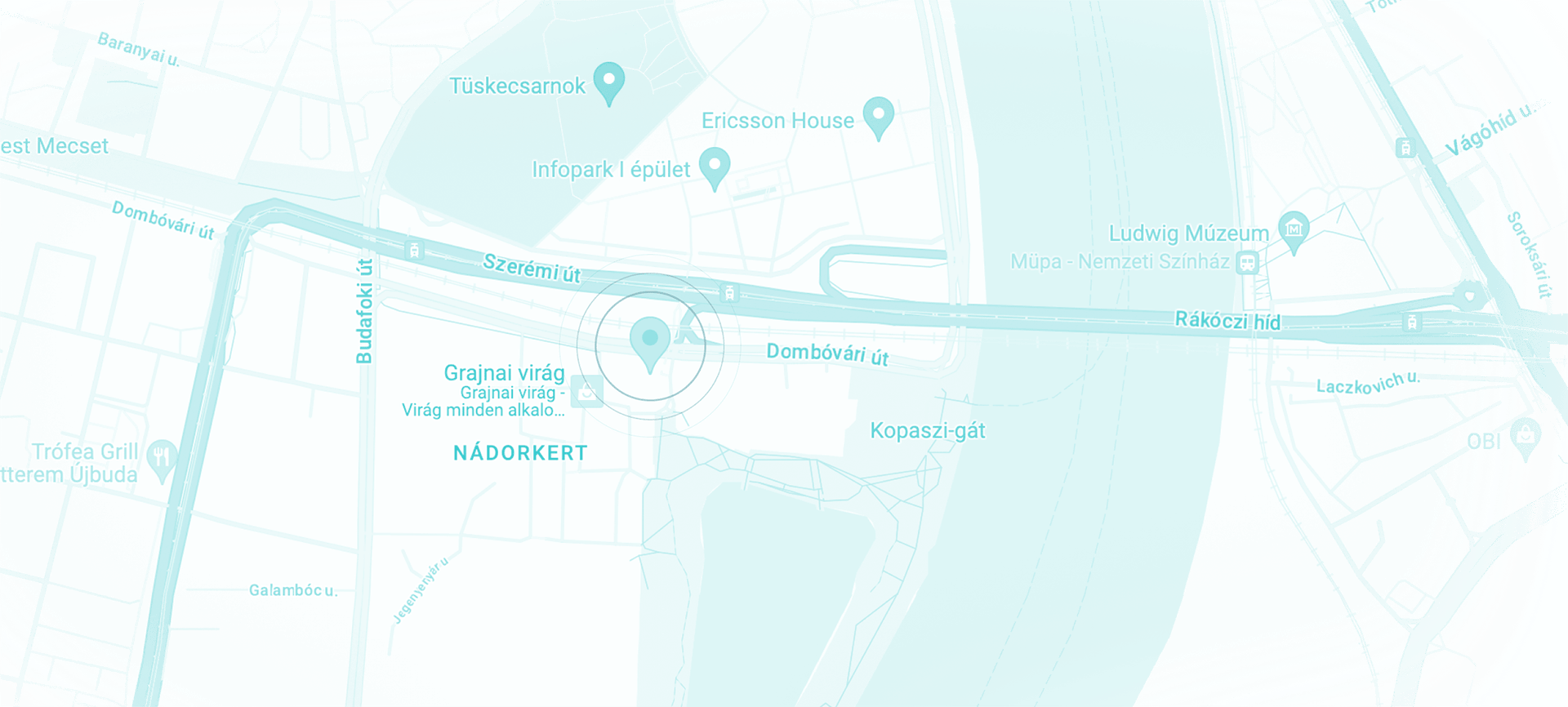
First results from the 2022 Census of Hungary: population and homes
The Hungarian Central Statistical Office has published the first results of the census conducted last fall in Hungary. The first data pertain to the number of people and homes. Read on to get a quick overview of the current Hungarian population.
The Hungarian Central Statistical Office has published the first results of the census conducted last fall in Hungary. The first data pertain to the number of people and homes. Read on to get a quick overview of the current Hungarian population.
Census 2022 Hungary
Census in Hungary takes place every ten years since 1870. The main data of the census includes the number of people and homes, and these are the data first published after the most recent one. Of course, other demographic data have also been collected, which will be analyzed and published later on.
During the census, every long-term resident of Hungary was supposed to participate, both adults and children, both Hungarian citizens and foreign nationals. For this, the main condition was that they should have been living in Hungary for at least 3 months as of 1 October 2022.
Data collection took place in three phases, between 1 October and 28 November 2022. During the first 3 weeks, more than 7 million surveys were filled out online. Over the remaining more than one month, 2.2 million additional surveys were filled out with the help of visiting data collectors, and 63,000 at town halls. Below you can find a summary of the first results, which you can check out in detail at the census website in Hungarian.
How many people live in Hungary?
The total population of Hungary is currently around 9.6 million. This is a 3.4% reduction compared to the 2011 data of 9.94 million people. Hungary’s population was the largest in 1980 at 10.71 million people, and the decline since then has been slow but steady. The main reason is that more people die than are being born. Having an aging population is a general trend in Europe, and it is in part due to people living longer, and starting a family later in life.
The analysis provided by the Statistical Office (KSH) cites that the reduction of the population is somewhat countered by immigration, mainly from neighboring countries. Here the immigration of 131,000 people is stood against a reduction of 464,000. This is very interesting, considering that according to the latest, 2021 data of the Immigration Office, currently about 388,000 foreigners should have Hungarian residency (140,000 with resident permits, 150,000 with an EU registration card, and 60,000 with permanent residence permits). Most residence permit applications are based on work (73,000), studies (21,000), or family unification (9,500).
Age and gender of the Hungarian population
Currently about 21% of the population is elderly, meaning more than 65 years old. This is a drastic, 19% increase compared to the 2011 data. While the number and proportion of children under 15 decreased only slightly, that of the active population (15-65 years) decreased considerably. Instead of the 68% in 2011, now they make up only 64% of the entire population.
About 48% of the current population is made up of men, and 52% of women. At the same time, the proportion of men of working age is somewhat higher than that of women in every age group except among the 55-64-year-olds. The number of women is visibly higher in retired age groups, confirming the general impression that women live longer.
Cities and the countryside
It comes as no surprise that almost the third of Hungary’s population lives in Budapest and Pest County (about 1.68 and 1.34 million people, respectively). It might be interesting, however, that the number residents decreased by 2.7% in Budapest, while increased by 10% in Pest County. Other than this, only Győr-Moson-Sopron County in the westernmost corner of Hungary saw a population increase at 4.4%. Population in every other county decreased.
The most densely populated areas of Hungary are the city of Budapest, and the counties of Pest, Komárom-Esztergom, and Győr-Moson-Sopron. Another interesting trend is that while the population of Hungarian cities with county rights decreased, that of other cities increased. At the same time, the proportion of children is inversely related to the size of the town: it is the lowest in Budapest and the highest in villages.
Homes in Hungary
The number of homes has always shown a steady increase in Hungary, and it easily doubled since the 1920s. Since 2011, there has been a 4.6% increase, from 4.39 million to 4.46 million. The greatest increase was seen in the western part of the country, especially in Győr-Moson-Sopron County (11.1%), and in cities without county rights.
Further information coming soon
The staff of KSH continues their work processing the data collected about the Hungarian population. Further analysis of the types of Hungarian homes is expected to be published over spring 2023, while a full analysis should become available around October 2023.
The Helpers Team provides services to expats living in Hungary since 2005. We do our best to make your life easier, offering administrative assistance with company setup, residency application for all purposes, accountancy, and various other issues.
Should you need any help, feel free to contact us – just fill in the form below!
Want to read more news relevant to expats in Hungary? Follow us on Facebook and never miss an update.
Contact
Contact us today
Monday - Friday
9am - 5pm CET
Helpers Hungary Kft
Budapart Gate
Dombóvári út 27
Budapest 1117, Hungary
If you’re visiting us, please use entrance A and come to the 2nd floor.






